Praseodymium Oxide Sputtering Target Description
The Praseodymium Oxide Sputtering Target from TFM is a specialized oxide sputtering material composed of praseodymium (Pr) and oxygen (O). This material is commonly used in various thin film deposition processes, offering unique properties that are valuable in applications across industries such as electronics, optics, and more.
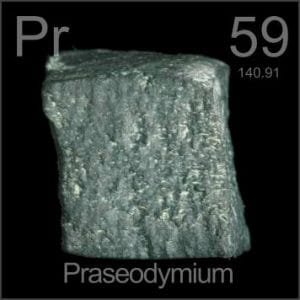 Praseodymium is a chemical element named from the Greek ‘prasios didymos,’ which means green twin. It was first mentioned in 1885 and observed by the scientist A. von Welsbach. The chemical symbol for praseodymium is “Pr,” and it has an atomic number of 59. Praseodymium is located in Period 6, Group 3 of the periodic table, within the f-block. The relative atomic mass of praseodymium is 140.90765(2) Dalton, with the number in brackets indicating the uncertainty. This element is known for its use in various alloys, magnets, and in the production of specialized glass and ceramics.
Praseodymium is a chemical element named from the Greek ‘prasios didymos,’ which means green twin. It was first mentioned in 1885 and observed by the scientist A. von Welsbach. The chemical symbol for praseodymium is “Pr,” and it has an atomic number of 59. Praseodymium is located in Period 6, Group 3 of the periodic table, within the f-block. The relative atomic mass of praseodymium is 140.90765(2) Dalton, with the number in brackets indicating the uncertainty. This element is known for its use in various alloys, magnets, and in the production of specialized glass and ceramics.
Related Product: Praseodymium Sputtering Target
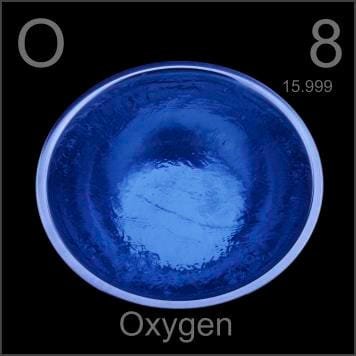 Oxygen is a chemical element with the symbol “O,” originating from the Greek words ‘oxy’ and ‘genes,’ meaning acid-forming. It was first documented in 1771 and observed by Carl Wilhelm Scheele, who also accomplished its isolation. Oxygen’s atomic number is 8, placing it in Period 2 and Group 16 of the periodic table, within the p-block. The relative atomic mass of oxygen is 15.9994(3) Dalton, with the number in brackets indicating the measurement uncertainty. Oxygen is essential for life, playing a crucial role in respiration and combustion processes, and is a key component of water and many minerals.
Oxygen is a chemical element with the symbol “O,” originating from the Greek words ‘oxy’ and ‘genes,’ meaning acid-forming. It was first documented in 1771 and observed by Carl Wilhelm Scheele, who also accomplished its isolation. Oxygen’s atomic number is 8, placing it in Period 2 and Group 16 of the periodic table, within the p-block. The relative atomic mass of oxygen is 15.9994(3) Dalton, with the number in brackets indicating the measurement uncertainty. Oxygen is essential for life, playing a crucial role in respiration and combustion processes, and is a key component of water and many minerals.
Praseodymium Oxide Sputtering Target Specification
| Compound Formula | Pr6O11 |
|---|---|
| Molecular Weight | 1021.44 |
| Appearance | Target |
| Melting Point | 2183 °C |
| Boiling Point | 3760 °C |
| Density | 6.5 g/cm3 |
| Available Sizes | Dia.: 1.0″, 2.0″, 3.0″, 4.0″, 5.0″, 6.0″ Thick: 0.125″, 0.250″ |
Praseodymium Oxide Sputtering Target Packaging
Our Praseodymium Oxide Sputtering Target is meticulously tagged and labeled externally to ensure efficient identification and stringent quality control. We take great care in handling, storing, and transporting these targets to prevent any potential damage, preserving their integrity and quality throughout the process.
Get Contact
TFM offers Praseodymium Oxide Sputtering Targets in various forms, purities, sizes, and prices. We specialize in high-purity thin film deposition materials with optimal density and minimal grain sizes, which are ideal for semiconductor, CVD, and PVD applications in display and optics. Contact Us for current pricing on sputtering targets and other deposition materials that are not listed.


 MSDS File
MSDS File
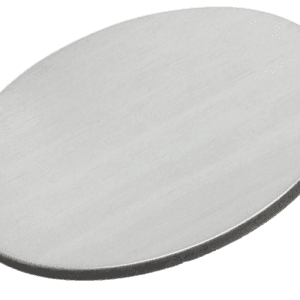
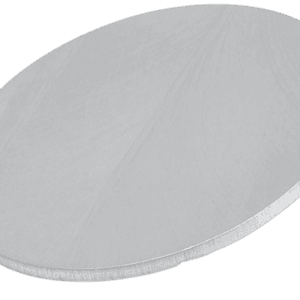
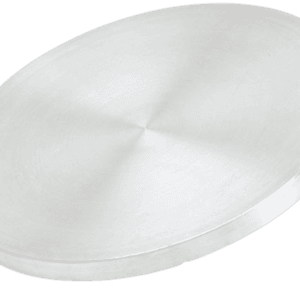
Reviews
There are no reviews yet.